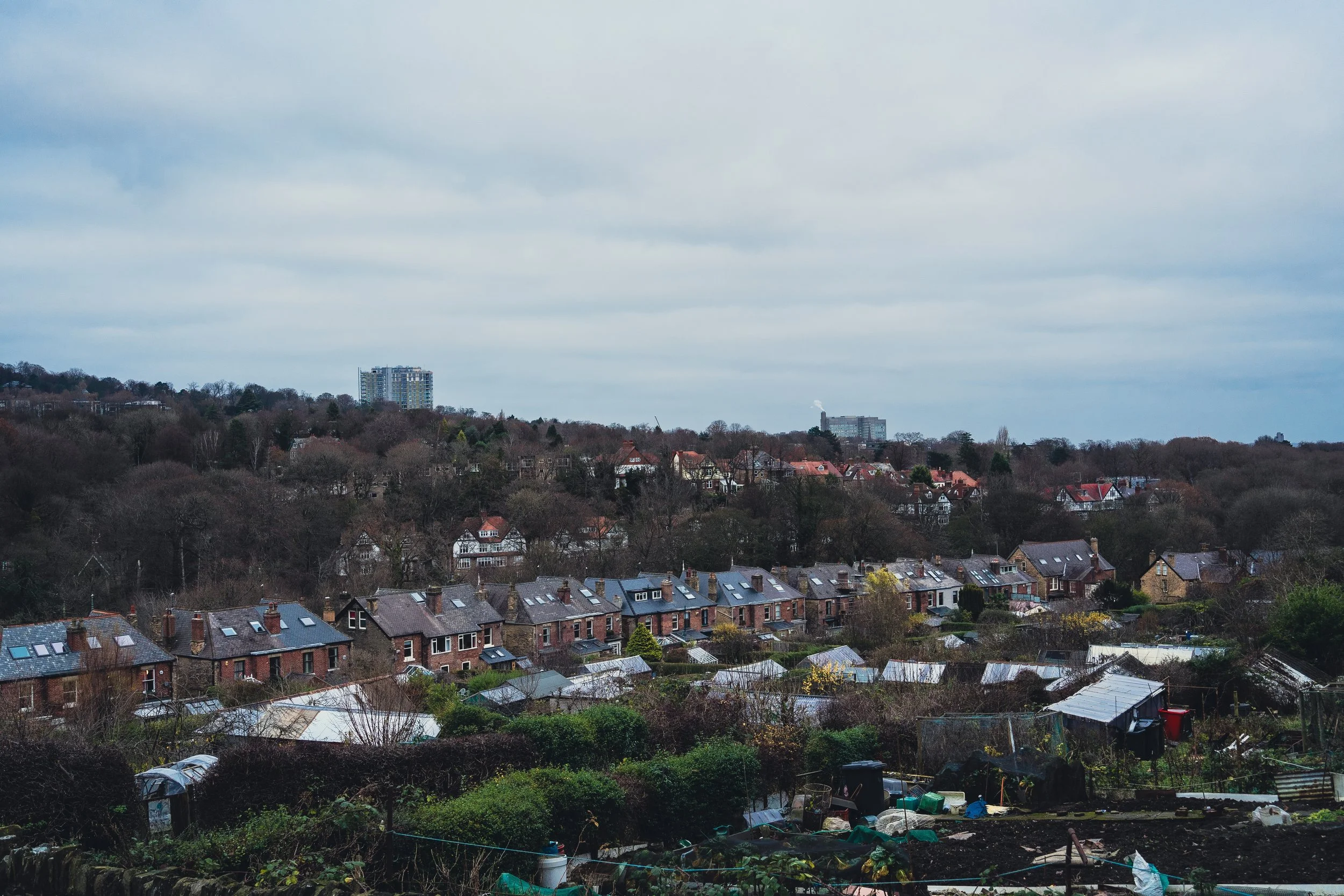Our Plan for Good Growth sets out a new economic model, one that recognises and builds on both our history and our strengths, but also tackles the big, long term challenges we need to overcome if we’re going deliver more jobs, more investment, and good growth – Oliver Coppard, Mayor of South Yorkshire.
We think good strategy needs to be rooted in a strong, accurate, and up to date understanding of the economic conditions of a place. Recently, we’ve been working with the South Yorkshire Mayoral Combined Authority (SYMCA) to help understand their economy, and identify the barriers and constraints which might be holding it back.
SYMCA recently published their Plan for Good Growth. The plan identifies four growth areas across South Yorkshire in which the aim is to increase regional income, investment and secure, high-paid jobs. To achieve this, the plan sets out commitments to improve the key economic and social infrastructures needed to boost productivity. The overarching aim is to close the gap in productivity to the national average (excluding London), adding £5.6 billion to the economy in the process.
As part of the development of the plan, Metro Dynamics worked with SYMCA to understand the barriers to growth, which informed the direction and focus of the plan. Over the course of our work, we looked at a range of potential factors, and constraints on economic growth in South Yorkshire. We’ve picked out five key elements, and below we run through our findings in South Yorkshire in relation to them (although we would encourage you to read the whole evidence base, which has been published here).
1. Tradeable jobs:
Why do tradeable jobs matter? Employment within sectors that produce goods and services which can be traded outside of the region is key to generating higher productivity as growth and prices are not limited by conditions in the local market and businesses are more likely to innovate as they are exposed to more competition.
In the context of South Yorkshire, we mapped out where tradable jobs represent a higher proportion of employment spatially and the change over time in absolute terms and relative to total employment, benchmarking against national and other city region comparators. The report demonstrates a positive correlation between productivity in comparator city regions and the share of jobs within tradable sectors. We found tradeable jobs in South Yorkshire are most concentrated in a corridor between Sheffield and Rotherham:
2. Economic complexity:
Why does economic complexity matter? Economic complexity is a measure of how much productive knowledge is contained within the economy. Higher levels of economic complexity reflect combinations of specialisms indicative of highly productive economic activity. By contrast, less complex economies have subsectors which interact less with others in the economy, requiring less highly specialised knowledge.
We explored how each district ranks in economic complexity compared to comparator city regions to understand differences in the structure of the sub-region’s economy and how that might impact growth. Our research finds that South Yorkshire’s districts underperform their potential in terms of economic complexity, particularly in the case of Sheffield which does not act as a typical ‘core city’ unlike its comparators of Leeds, Liverpool, and Manchester which all rank much higher on economic complexity.
3. Investment:
Why does investment matter? Investment is one of the key component of the elements of productivity and growth that we can measure and explain, alongside factors like human capital and agglomeration effects.
We explored investment levels in South Yorkshire relative to city comparators using Gross Fixed Capital Formation (GFCF) per capita as an indicator of business investment. We also mapped out Innovate UK grants to encourage understanding of the spatial distribution of investment grants in South Yorkshire. Our research finds that investment in South Yorkshire is lower than some neighbouring city regions. For example, if GFCF per capita matched the rate in Greater Manchester, South Yorkshire would have seen an additional £800m invested into capital in 2020.
4. The innovation ecosystem:
Why does innovation matter? When the right conditions are present, successful innovation can drive economic growth and productivity improvements, diffusing the benefits of research and development across the wider local economy.
Using the Cambridgeshire and Peterborough Independent Economic Review (CPIER) Innovation Model, we looked at sources of new ideas, finance, physical space, available support and other elements important for the innovation ecosystem. The report finds that South Yorkshire has a strong innovation ecosystem, but some critical pillars such as high-quality physical space lag comparators.
Figure 1. The CPIER Innovation Model:
5. Economic and social infrastructure:
Why does economic and social infrastructure matter? Social infrastructure includes employment, incomes, skills and health. Economic infrastructure includes transport connectivity, housing, land use and the natural environment. Without a strong underpinning foundation of social and economic infrastructure, people and businesses struggle to fulfil their economic potential.
The report finds that South Yorkshire faces problems in both economic and social infrastructure such as transport connectivity, health and skills which may hold the region back in maximising productivity. We also reviewed challenges in South Yorkshire’s labour force relative to city region comparators, informing where focus should be placed to improve workforce productivity.
Where next for South Yorkshire?
Much of our analysis helped inform the Plan for Good Growth, with tradeable jobs, investment and improvements to physical infrastructure all highlighted as priorities to bring about growth in South Yorkshire. Based on the finding that productivity problems cut across sectors and the fact that South Yorkshire’s strengths are also cross cutting, the plan has focused on the four ‘Growth Areas’ of Sheffield City Centre and Innovation Spine, SY Airport City, Advanced Manufacturing Innovation District, and Barnsley Town Centre, with the potential to deliver good jobs, growth and attract investment.



